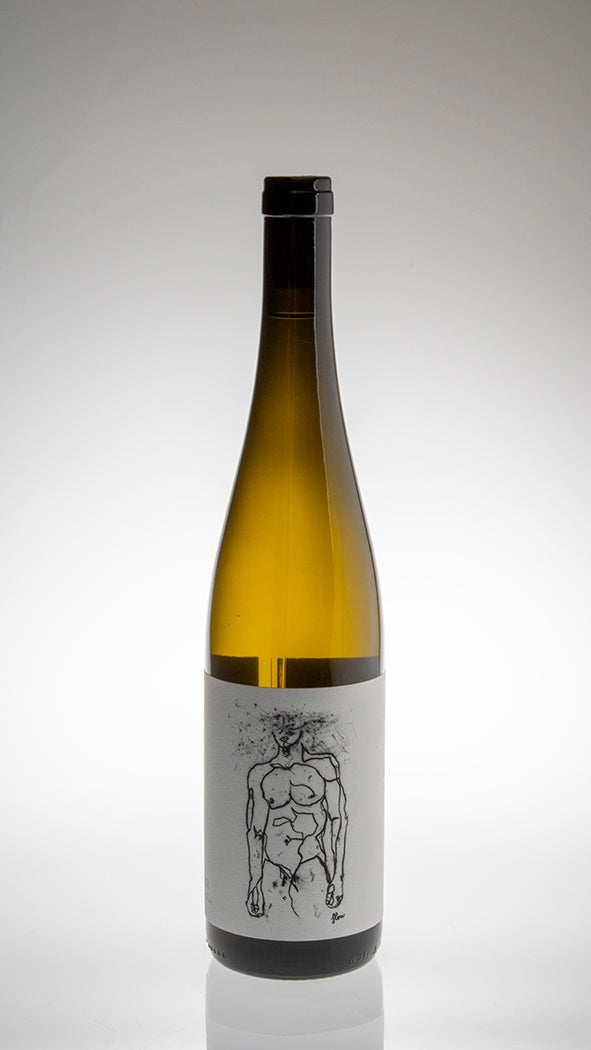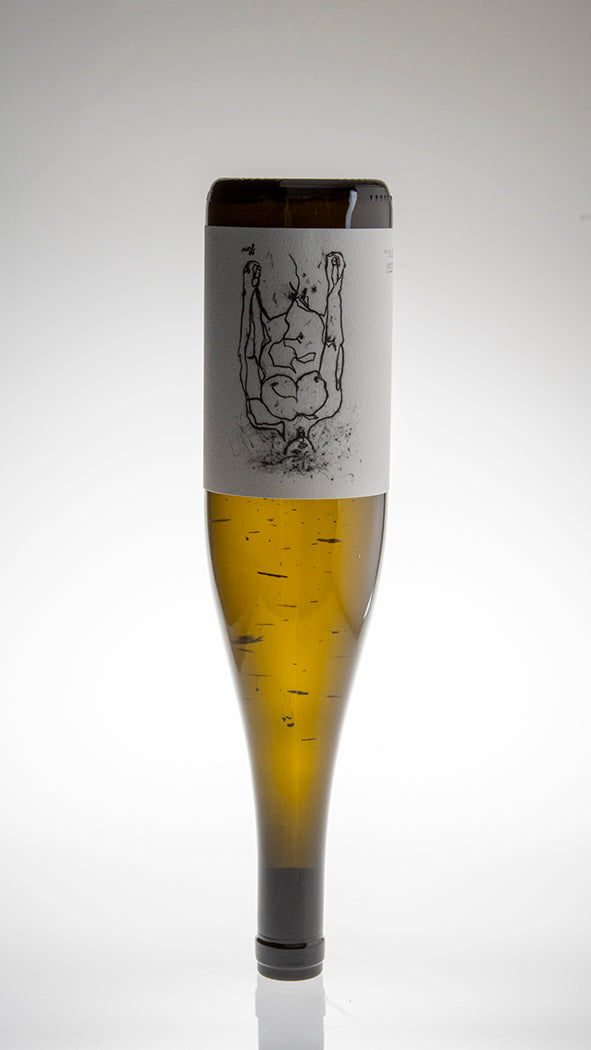
Grüner Veltliner is Austria’s most widely planted white grape and has been part of the country’s wine tradition for centuries. DNA research shows it comes from a natural crossing between Savagnin (Traminer) and a rare vine discovered near Sankt Georgen, confirming its deep roots in Austrian viticulture.
Although it was long considered an everyday grape, its reputation grew in the 20th century as growers improved vineyard practices and began exploring its full potential. Today, it plays a key role in regions like Wachau, Kamptal, and Kremstal. As of 2020, Grüner Veltliner covered approximately 14,296 hectares, representing 32.3% of Austria's total vineyard area. The variety is also found in Czech Republic (1.713 hectares) and Slovakia (3.805 hectares) under the name Veltlínske zelené and a bit in Hungary (1.439 hectares) as Zöld Veltlini.
The grape grows well in many soils, especially loess, and is known for its reliability in the vineyard. It can produce large yields, so careful management is important to maintain quality. Grüner Veltliner also responds clearly to different terroirs, making it a favourite among winemakers.
While Austria remains its main home, the grape has also been planted in countries like Slovakia, the Czech Republic, and the United States. Its rise shows how a once-overlooked variety can become a central part of a wine culture.
Read More














